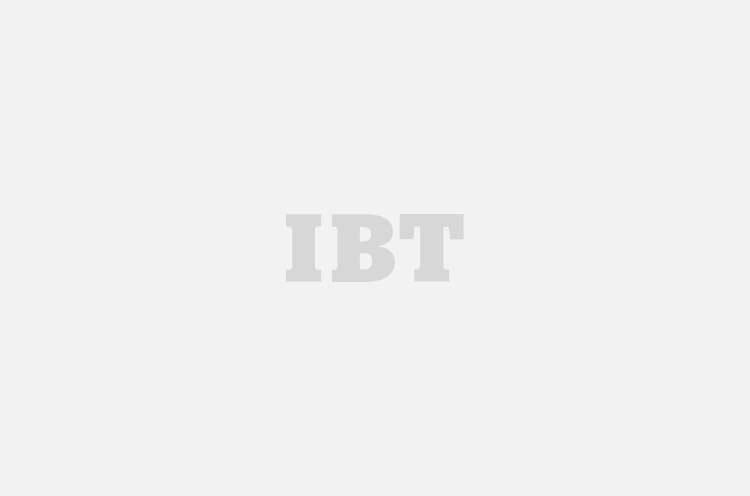
Asian shares hit a one-year high on Monday after disappointing U.S. economic growth data reduced expectations that the U.S. Federal Reserve will raise interest rates in the next few months.
U.S. gross domestic product increased at a 1.2 percent annual rate in the April-June period, less than a half of a 2.6 percent growth rate economists had expected.
"Investors have been shifting money to Asia, which is likely to be least affected by Brexit and as the U.S. Fed appears to be in no hurry to raise interest rates," said Yukino Yamada, senior strategist at Daiwa Securities.
MSCI's broadest index of Asia-Pacific shares outside Japan rose 1.3 percent, hitting its highest level in about a year.
European shares are expected to rise, with spread betters looking at rise of 0.7 percent in Germany's and 0.4 percent in Britain's FTSE.
Asian markets showed limited reaction to a better-than-expected private survey on China's factory sector.
The Caixin/Markit Manufacturing Purchasing Managers' index (PMI) rose to a 1 1/2-year high of 50.6, beating market expectations of 48.7 and up from 48.6 in June.
An official survey, however, showed factory activity weakened in July.
Japan's Nikkei was up 0.2 percent, having erased early losses of 1.5 percent triggered by the yen's jump after the Bank of Japan's stimulus plans left investors underwhelmed.
Analysts reckoned the weak U.S. economic growth in the second quarter left the Fed nowhere close to tightening policy, even after it had appeared last week to have opened the door to raising interest rates later this year by saying near-term risks to the economy had diminished.
"I suspect the Federal Reserve was hoping for a rebound in the second quarter after slowdown in the first quarter. The data suggests the economy is still flying low at best," said Hiroko Iwaki, senior bond strategist at Mizuho Securities.
The 10-year U.S. Treasuries yield as a result fell to a three-week low of 1.450 percent on Friday and last stood at 1.480 percent.
Fed funds rate futures are pricing in only around 30 percent chance of a rate hike by December, compared to about 50 percent early last week.
New York Fed President William Dudley indeed said on Monday the Fed should be cautious in considering an interest rate increase due to lingering risks to the U.S. economy.
Easing expectations of near-term U.S. rate hikes undermined the attraction of the U.S. dollar.
The euro hit a one-month high of $1.11975 on Friday and last traded at $1.1177.
The dollar stood near a three-week low against the yen, which got a lift on Friday after the Bank of Japan's stimulus fell short of markets' expectations.
The yen, which had surged about three percent to 101.97 to the dollar on Friday, changed hands at 102.37 per dollar.
"Given that U.S. economic growth is not that strong, we could see some selling in the dollar/yen. On the other hand, speculation that the BOJ will take additional easing steps in September could prompt fresh yen-selling from speculators. So the yen is likely to remain volatile," said Yoshinori Shigemi, global market strategist at J.P. Morgan Asset Management.
Gold also hit a near three-week high of $1,355.1 per ounce on Friday and last traded at $1,350.1.
Investors will be watching how European financial markets will react to the results of the European Union bank stress test, which showed some banks are still vulnerable.
Moments before that announcement, Italy's Monte dei Paschi bank, which fared the worst in the stress test, unveiled a privately funded rescue plan consisting of 9.2 billion euro sales of bad debt and 5 billion euro recapitalisation.
The poor health of the world's oldest bank has been seen as a grave weakness in the euro zone economy, posing a threat to the wider Italian banking system and also to the increasingly shaky political standing of Italian Prime Minister Matteo Renzi.
Pressure on oil prices also cast a shadow over markets.
They touched three-month lows on Friday to end July on a monthly decline of nearly 15 percent, the biggest monthly loss in a year for U.S. crude, undoing some of the strong recovery seen in the first half of the year from 12 year lows.
Brent's October crude futures LCOc1 LCOV6 rose 0.4 percent in Asia to $43.78 per barrel, compared to Friday's low of $42.52. The September contract LCOU6, which expired on Friday, fell to as low as $41.80.
U.S. crude futures CLc1 ticked up 0.4 percent to $41.76 per barrel.

















